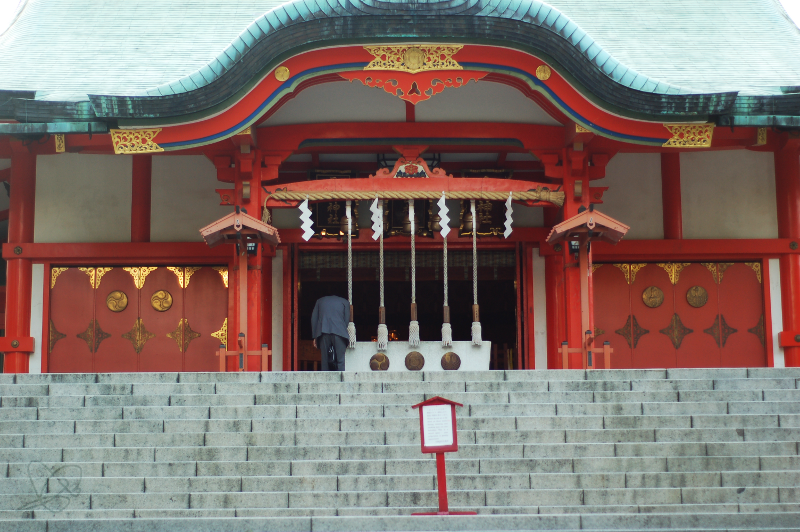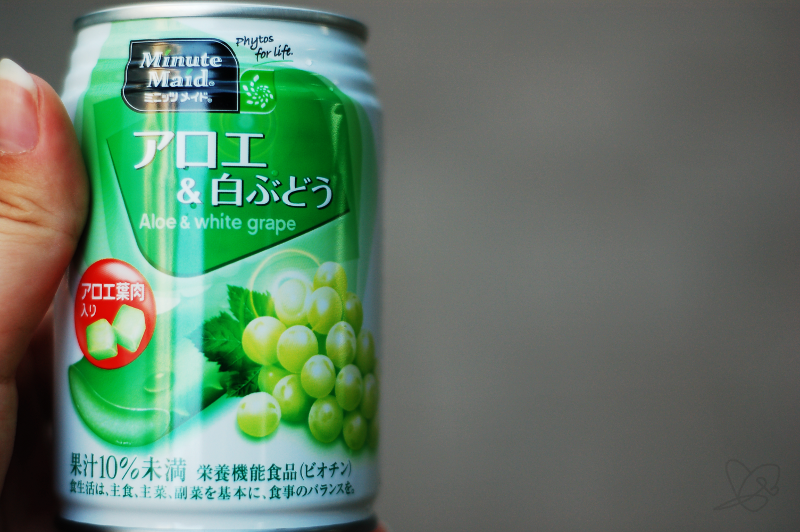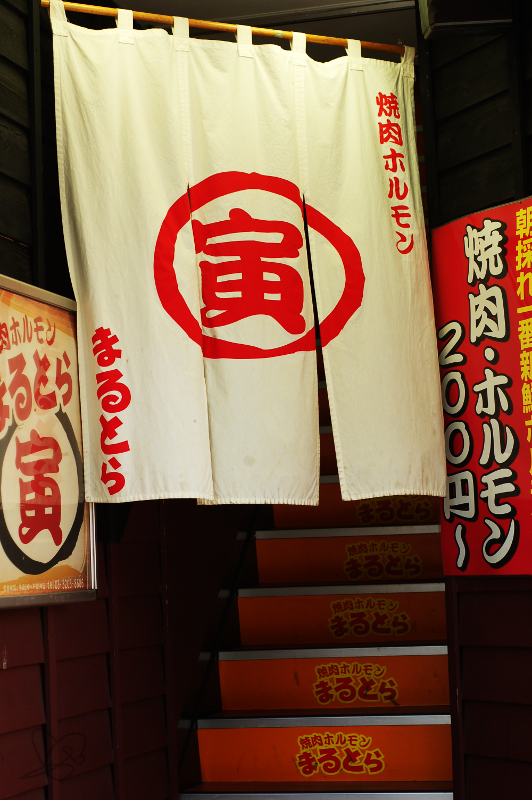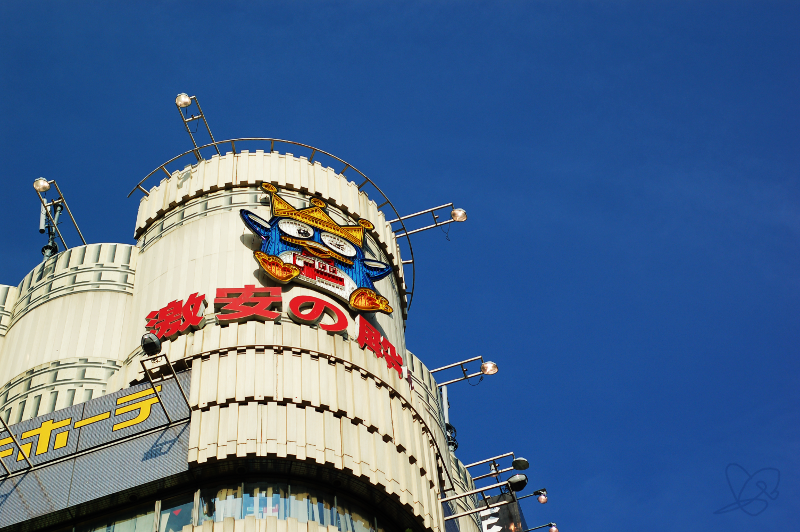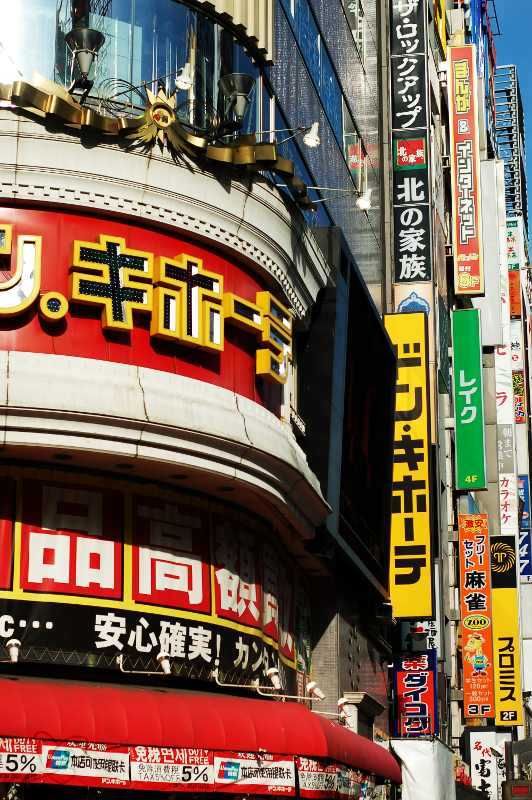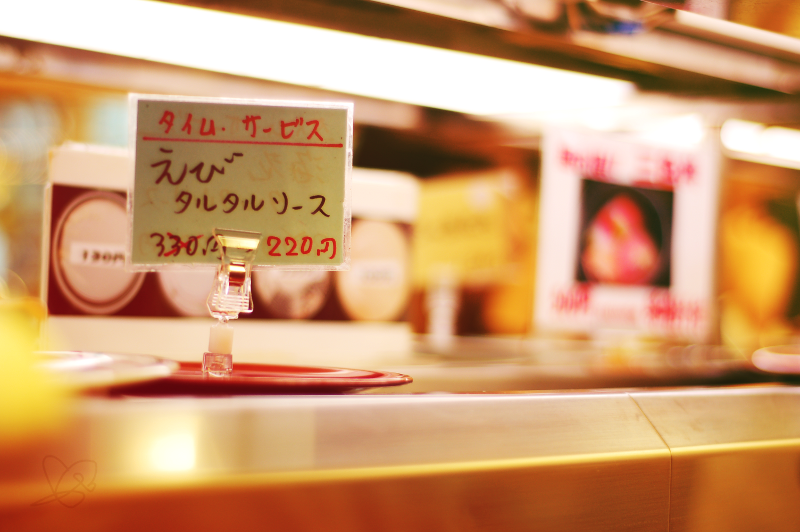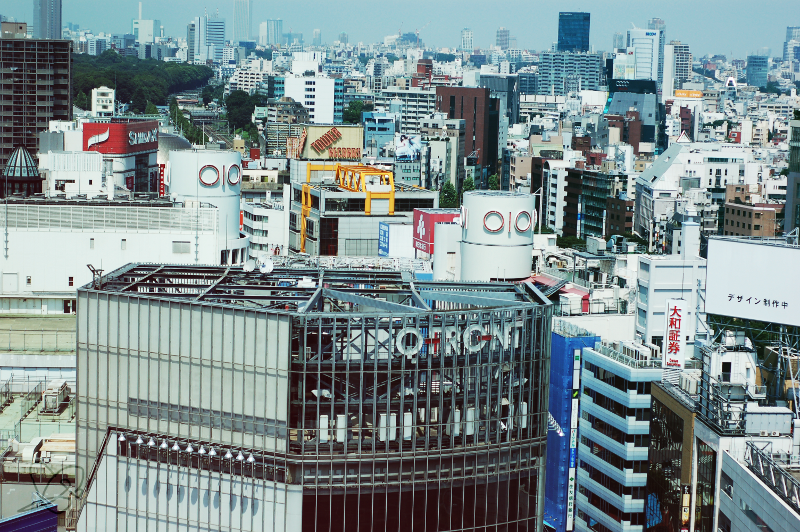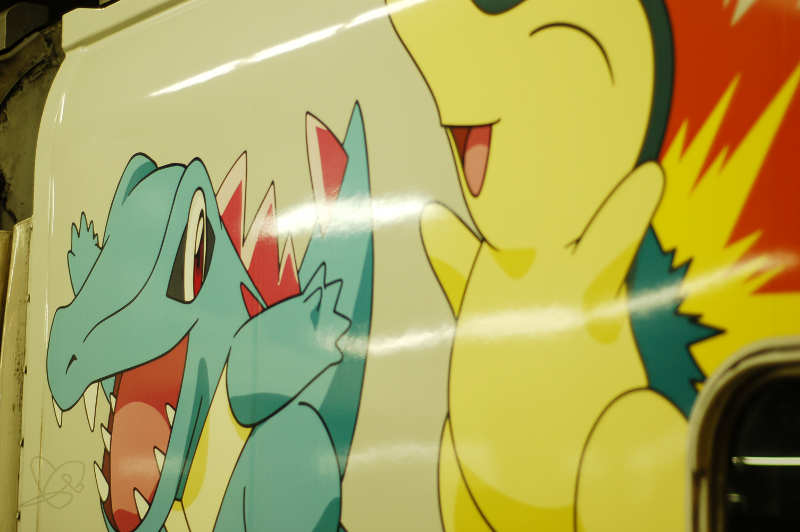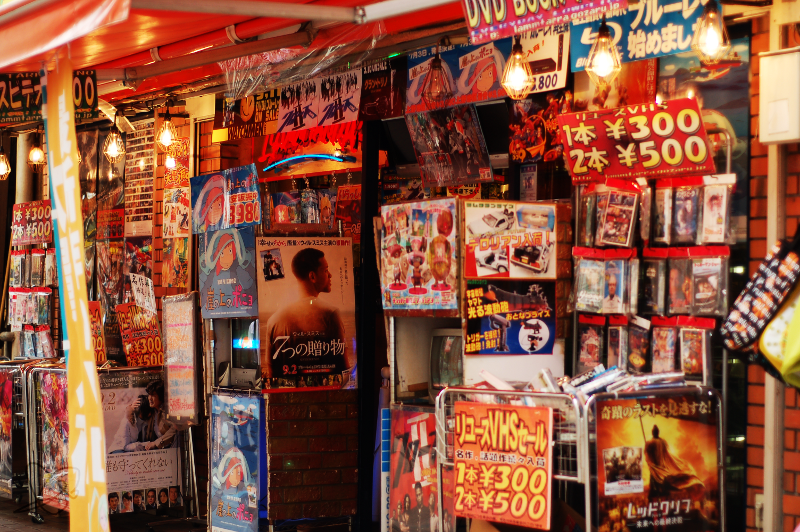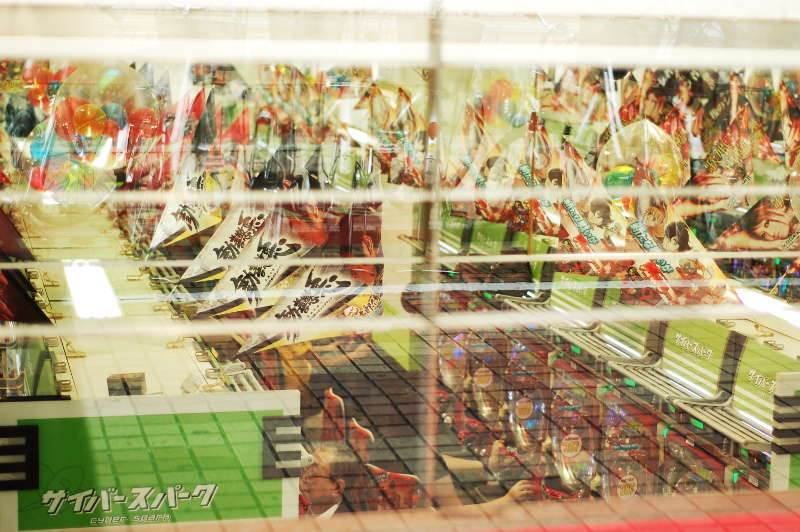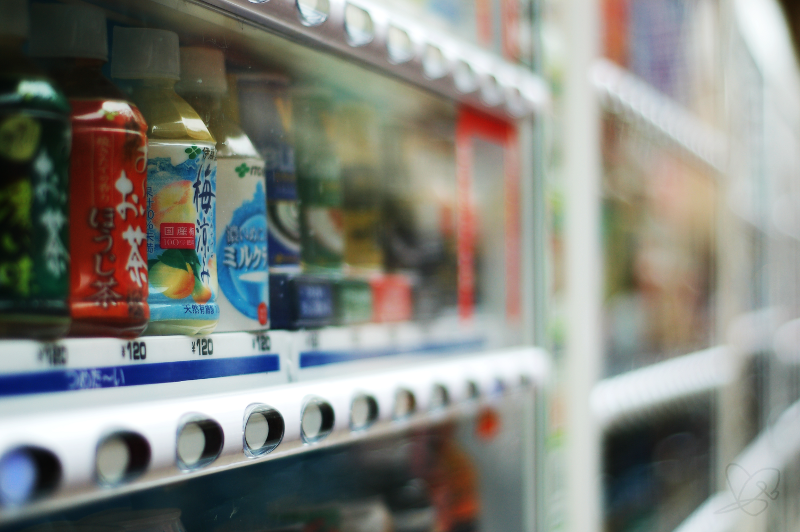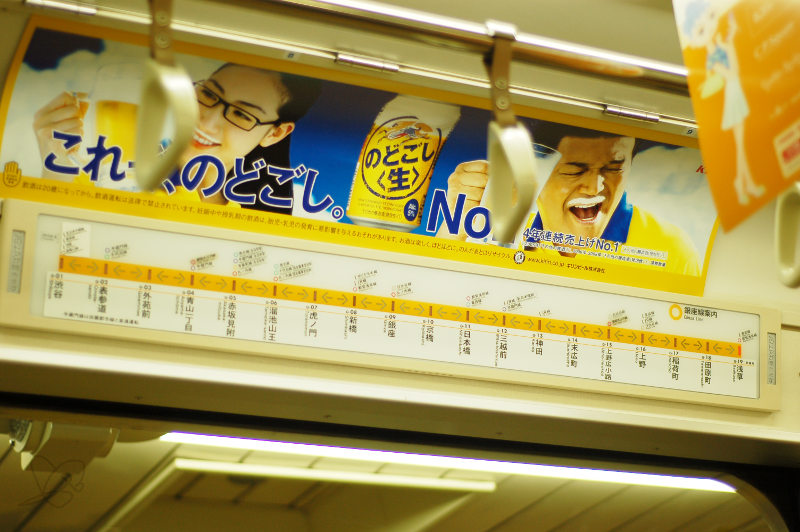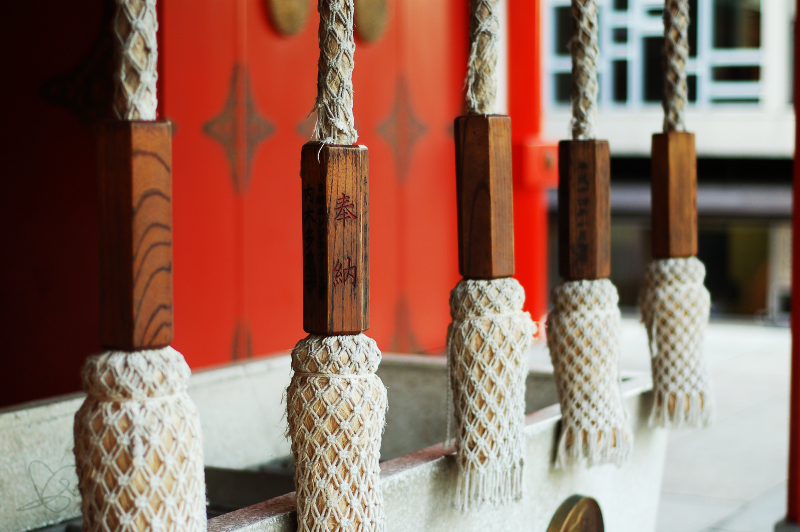
When one arrives at a Shrine, the correct etiquette requires one to ring a large special Shinto bell, called suzu (鈴), by pulling on one of the ropes hanging in front of the altar, such as these. The bells are used by the visitors to announce their presence to the deity of the Shrine before bowing, clapping their hands, making their offering, and praying.
Miniature bell charms named omamori (お守り) are sold at shrines, and are considered to bring good luck.

